Reimagining Mutant Identity: The Evolution of the X-Men in Issue #2
- Oct 07, 2024
- 0
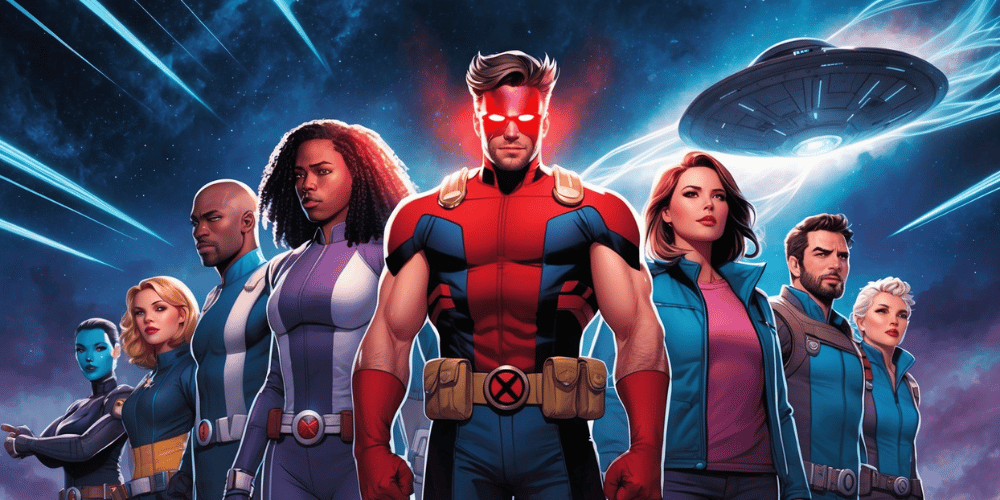
As the rich tapestry of the X-Men universe continues to evolve, a fresh chapter unfolds with the release of X-Men #2. Written by the talented Jed MacKay and illustrated by Ryan Stegman, this issue sets the stage for a bold exploration of mutant existence in the post-Krakoa era. With a nod to the franchise's storied past, it introduces innovative concepts while rekindling familiar themes that define the X-Men legacy. Join us as we journey through the remarkable twists and turns of this engaging story arc.
The Arrival of a New Mutant
X-Men #2 unravels with a surprising occurrence: the emergence of an adult mutant. This development is both rare and intriguing, as most mutants typically discover their abilities during adolescence. However, this newfound power seems to coincide with the onset of an unsettling alien invasion. Cue Cyclops, the resolute leader of the X-Men, who quickly assembles his team for an urgent mission.
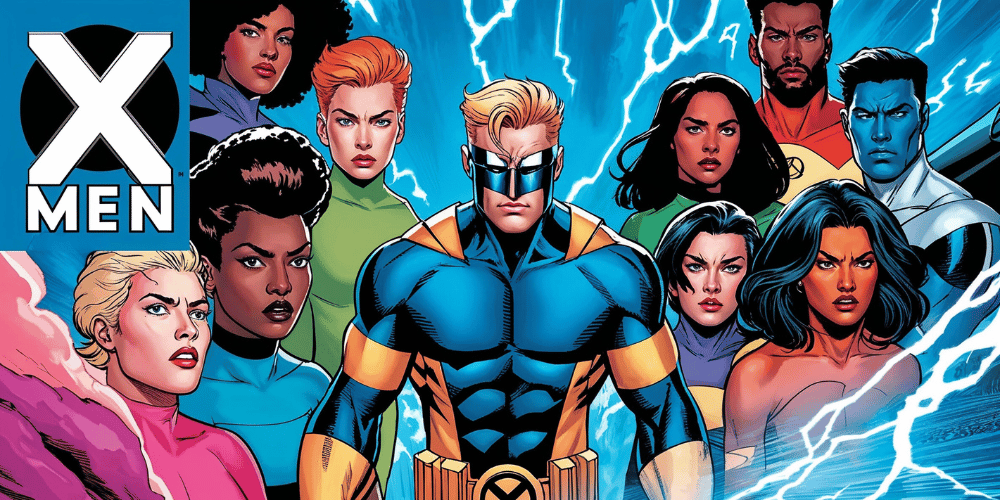
Utilizing the high-tech Marauder jet, specially designed to integrate with mutant abilities, Cyclops and his team set off for San Francisco. Cyclops reflects on a time when the city embraced mutants during the Utopia era, marking an important phase in his mission to establish a mutant haven. This concept, mirrored in the earliest X-Men narratives of the '60s, establishes a familiar yet fresh backdrop that seamlessly bridges the old with the new.
Alien Invasion and Technological Mastery
As the X-Men arrive in San Francisco, the skies darken with the shadow of alien ships descending upon the city. In a moment reminiscent of earlier adventures, Cyclops takes the lead, relying on Kid Omega's psychic abilities to collaborate with his visor, creating a telepathic heads-up display (HUD) for enhanced tracking. This synergy between mutant powers and cutting-edge technology signifies a bold innovation in mutant interfacing, a theme they continue to explore in this new storyline.
Highlighted by its exceptional mechanics, the Marauder not only boasts this psychic interface but is also equipped with advanced weaponry. Kid Omega's unique capability allows him to unleash telepathic blasts from the ship's cannons, effectively engaging the alien fighters while simultaneously piloting the vessel. The Marauder’s crowning feature, a "mass-driver," enables them to launch Juggernaut—literally—towards the alien mothership in a powerful display of mutant coordination.
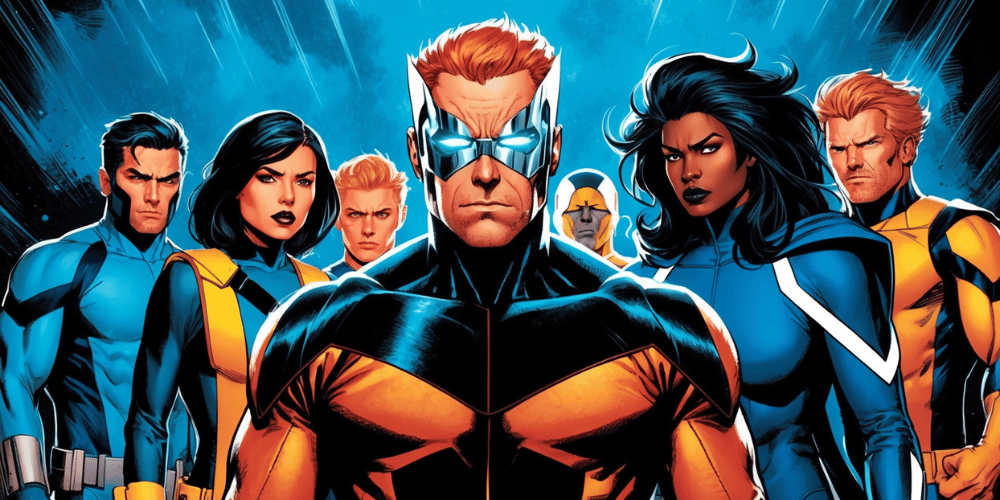
A Disturbing Revelation
However, things take an unexpected turn. Despite their apparent success, Psylocke discovers her psychic knife is ineffective against the aliens, triggering questions about their true nature. The mental landscape surrounding the newcomers reveals a shocking twist: they are mere illusions created by the new mutant's reality-altering powers. This realization ignites a new wave of intrigue, posing a critical question: How did this mutant develop such extraordinary abilities at an adult age?
Heavy Questions and Morality
With the crowd in San Francisco reacting tumultuously to the revelation of magic and mutants, Cyclops and his team face a dual challenge. Not only must they manage the alien threat, but they also must pacify growing anti-mutant sentiments among the onlookers. As tensions rise and the newly manifesting mutant teleports away—thanks to Magik—the X-Men transport him to their Alaska headquarters for assistance, harkening back to their longstanding tradition of helping new mutants navigate their abilities and identity.
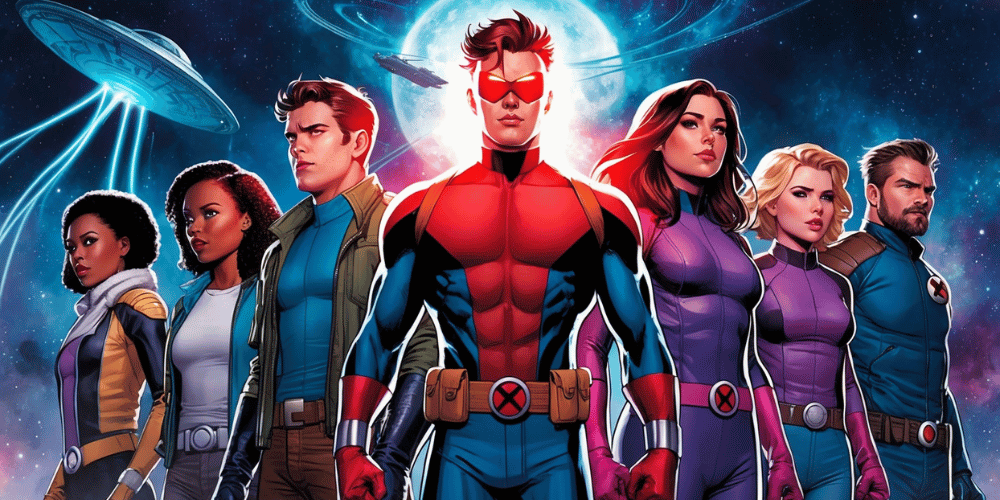
This opportunity to explore relationships with adult mutants opens up a thoughtful discussion about the ethics of recruitment and the responsibility bestowed upon younger members of the team, a recurring theme that ranks high on the moral compass of the X-Men narrative. While traditional explorations of adolescents coming into their powers are still valuable, the introduction of adults brings fresh questions and perspectives, evolving the dialogue surrounding mutant identity.
Defining a New Era
Amid this journey through discovery, conflict, and morality, one cannot ignore the deeper implications of Cyclops’ leadership compared to Xavier’s past approach. This narrative shift does not erase the importance of young mutants; rather, it enriches the storyline and adds layers to the challenges faced by the X-Men as they adapt to the new mutant landscape. The contrast between adult emergence and traditional adolescent awakenings serves as a compelling narrative device, pushing the envelope in storytelling as they navigate this uncharted territory.
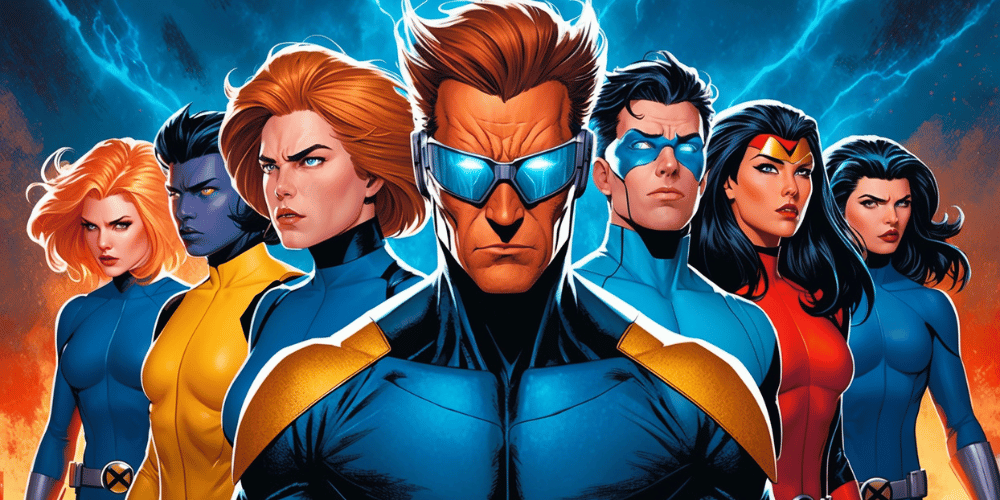
Looking Ahead
X-Men #3, set to release on August 28, promises to delve deeper into the evolving dynamics of the team and their interactions with this new population of mutants. As the narrative progresses, readers remain eager to see how the X-Men grapple with these philosophical dilemmas while continuing their age-old mission to protect both mutants and humans alike.
The landscape of the X-Men comics is forever changing. As new threats emerge, and new mutants with varying abilities surface, the questions surrounding identity, acceptance, and morality persist at the forefront of the narrative. This modern depiction, stimulated by nostalgia yet blazing new trails, seems poised to redefine not just who the X-Men are, but who they aspire to be in a world where the definition of “mutant” is continually evolving.
